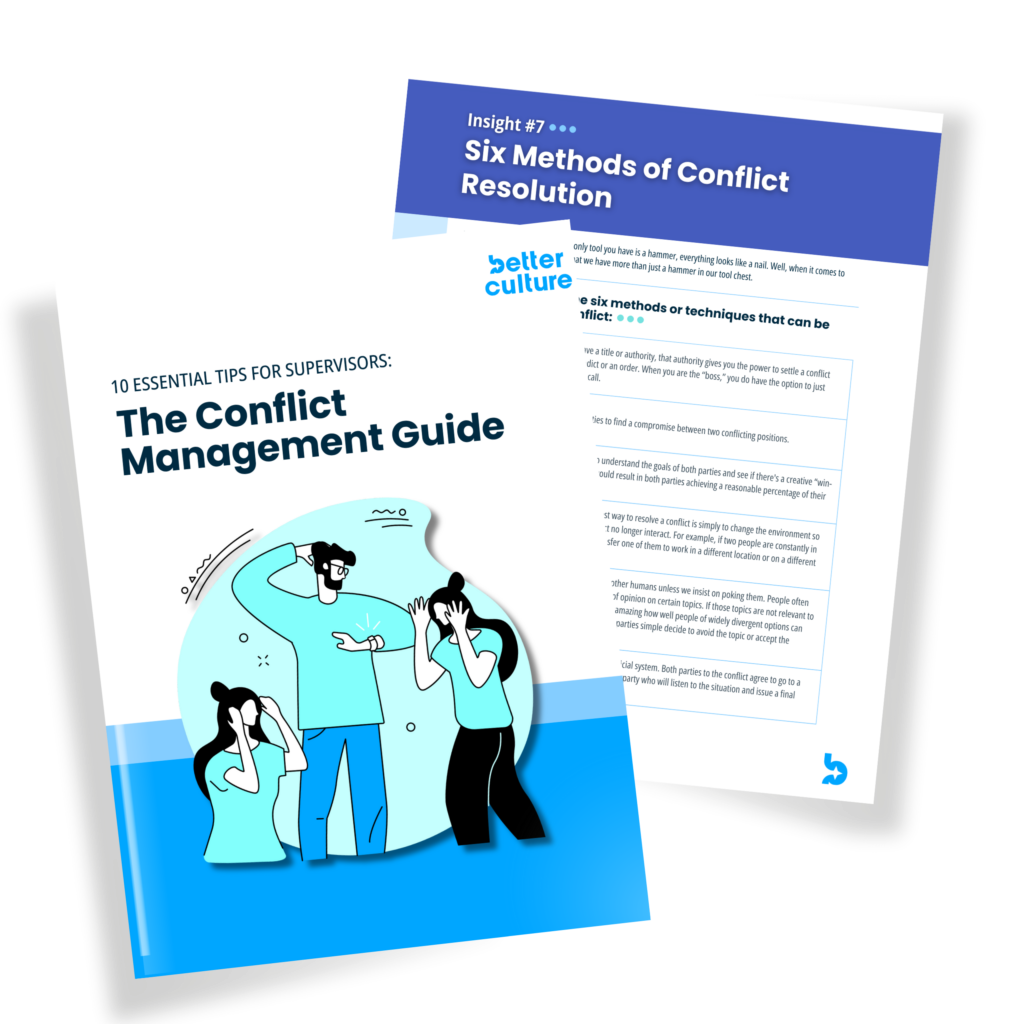When assessing the quality and value of a given employee, opinions can, and often will, vary. In the day-to-day running of our operations, it probably doesn’t make much difference if one supervisor rates an employee a 6 and another would rate that same employee an 8. But when it comes to important decisions such as considering an employee for a promotion or including them as part of a layoff, a substantial discrepancy between how two leaders view an employee becomes important not only for the employee but for the company.
The Importance of Consistent Employee Assessments
Let’s consider this situation: supervisor A rates an employee as a 2; supervisor B sees the employee as an 8. They now need to decide who will be included in an upcoming layoff. It is not surprising that supervisor A has this employee at the top of their list to terminate, while supervisor B is shocked at the idea. How could such a divergence of opinion exist? What rational discussion should the two supervisors have to help understand the gap between their opinions and find an agreeable resolution to what appears to be a significant conflict?
Understanding the Role: Clarifying Job Expectations
The first thing the two supervisors should do is describe to one another what they think the fundamental role of the target employee to be. It is possible that each is looking for something different from that employee, making it understandable that one will think the employee does their job well while the other could see performance as severely lacking.
Let’s take an example from the sports world. If one coach wants to have a pro style passing quarterback, and another coach on the staff wants to have a quarterback who is superb at running the option, it’s not surprising that they will disagree on how valuable a given quarterback is to the team. The coach wanting a superb pro style quarterback will be ecstatic to have Tom Brady; the coach who wants to run the option will think they need to make a change.
In a business setting, that front office receptionist may be seen as wonderful by executive A who greatly appreciates the detail by which the receptionist helps to make all his travel plans, while executive B may see that receptionist as poor at setting the tone for the front office and making visitors feel comfortable and welcome.
Rational Discussion: Bridging the Gap
When you find yourself in disagreement with an executive colleague regarding an employee’s performance, here are the four steps BetterCulture suggests to help you get to resolution.
1. Clarify Core Job Responsibilities:
The first step should be to clarify what each of you believes to be the core (most essential) job responsibilities of that individual. It’s possible you are both accurate and reliable in your performance assessments, but you are valuing (measuring) different variables.
2. Discuss Information and Data Sources:
If you and your executive colleague agree on the core responsibilities of the employee but differ in your assessment of how well the employee carries out those responsibilities, it’s time to discuss what information or data each of you is using to formulate your opinion of that employee’s performance. Here are some common reasons for discrepancies:
- Different Interaction Rates or Circumstances: The two executives interact with the target employee at different rates or in different circumstances.
- Different Sources of Second-Hand Information: The executives are hearing second-hand about the employee’s performance from different sources.
- Different Time Periods of Interaction: The executives have interacted with the target employee at different times in the employee’s tenure with the company.
3. Evaluate Interaction Frequency:
Often, one of the two executives has more direct interaction with the employee than the other – let’s say that is executive A. This does not automatically mean that executive A’s viewpoint should trump that of executive B. It is possible that executive A has an overly negative opinion of the target employee due to a natural personality conflict or an overly positive view because the target employee is always on their very best behavior when interacting with executive A. In either case, others may view that employee’s performance very differently than executive A.
4. Consider Performance Variability Over Time:
Employee performance is not static. When two supervisors have worked with an employee during different time periods, it may be that the employee’s performance in one setting or time was dramatically different from their performance in the second setting or time. This change in performance can be due to a change in the employee’s personal life, engagement level, or a change in the demands of the position given new expectations and the inevitable evolution of technology and corporate culture. Consider if one of you is working from data that was once valid but is now obsolete.
Bottom Line:
When there is agreement between the two executives on the core responsibilities of the employee but disagreement on performance, those two leaders need to have a rational discussion to consider where each is getting their information and data about the employee’s performance. The task is to determine what data sources are most reliable and valid.
This exploration in search of rational thought is going to be more successful if both executives maintain a reasonable region of doubt about their own opinion. These discussions usually go nowhere if both executives are determined to win the argument instead of jointly searching for as many valid and reliable data points as possible from which to go forward. Trite but true: we’re all entitled to our own opinions, but we’re not entitled to our own facts. You won’t prove yourself smart by winning the argument; you can prove yourself wise by finding the right answer.
Considering Cultural Fit vs. Technical Skills
A final observation is that sometimes these disagreements stem from something that is at the core of what we do at BetterCulture. It is possible for an employee to be both technically competent and a cultural poison. It is also possible for an employee to be a technical nincompoop and a phenomenal contributor to the work culture.
- Technically Competent but Culturally Toxic:
- Examine just how valuable and rare those technical skills are. If they are quite valuable and rare, then you might want to make some structural modifications in your work arrangements to get the value of that employee’s technical ability while minimizing their ability to negatively impact others. Maybe it would be a good idea to let Fred work remotely.
- Technically Weak but Culturally Strong:
- Unless you’re running an employment charity instead of a business, you can’t keep individuals in important roles if they lack the technical ability to adequately carry out their responsibilities; this is unfair to their colleagues and to your customers. It is, however, wise to look for an opportunity to transfer that employee. Great cultural ambassadors are not easy to find, so it’s worth exploring to see if you can find a compatible fit for their abilities.
In Conclusion…
To improve consistency in employee assessments, leaders should:
- Clearly define and agree on the core job responsibilities.
- Discuss and align on the data and interactions that inform their assessments.
- Seek training programs or resources, like those offered by BetterCulture, to further enhance their understanding and application of effective employee evaluations.
By following these steps, leaders can ensure fair and consistent assessments, ultimately benefiting both the employees and the company.




